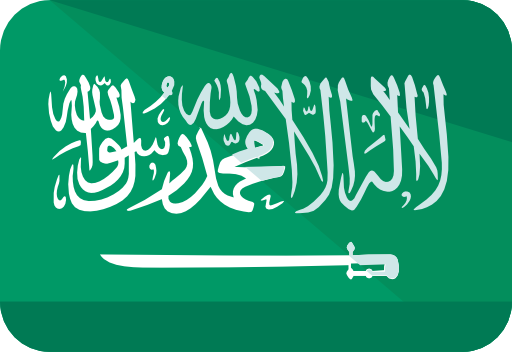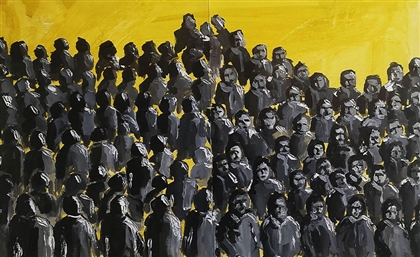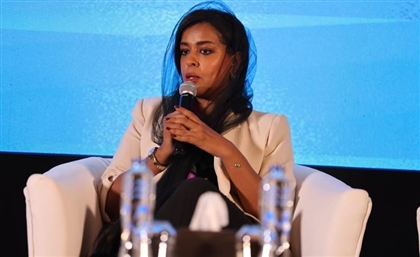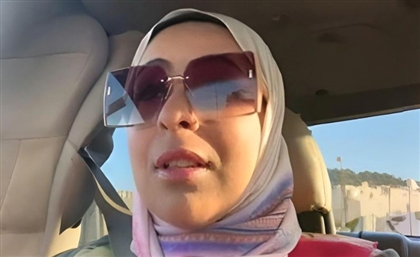Meet the Women Setting the Pace in Saudi Arabia’s Running Scene
From Khobar to Jeddah and Riyadh, Saudi women are claiming their space in the running world at an accelerating speed.
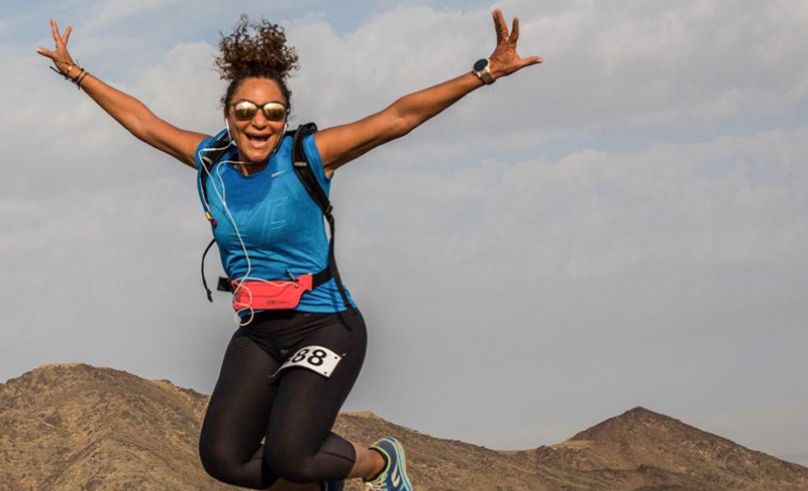
Originally Published April 12th, 2025
Nearly two decades ago, Mona Shahab was one of the only women running along Khobar’s Corniche. “I would lace up my shoes, knot my abaya in place and set off,” she recalls. But each step was met with disapproval or confusion. “Every face I passed seemed to ask: Why is she running? And why in an abaya?”
Twelve years ago, Nesreen Ghonaim shared a similar experience in Jeddah, running along Tahlia walkway with her teenage son. “People would look at us like we were aliens,” she says. “Running then really meant running against all odds.”
In Riyadh, Amal Maghazil started in gyms and compounds—there simply weren’t outdoor spaces for women to run. “It just wasn’t something people did,” she says.
Today, the landscape Shahab, Ghonaim and Maghazil once knew is unrecognisable. Saudi Arabia has undergone profound transformation; laws have been reformed, attitudes have shifted, and urban spaces have evolved. While megaprojects continue to reshape the skyline, an equally powerful movement is taking place on the ground: Saudi women are running, together, in growing numbers.
-90b48d8a-ccbb-443f-a652-b4c7115d4a6b.jpg) Jeddah Running Community: From Gasps to Cheers
Jeddah Running Community: From Gasps to Cheers
Ghonaim describes her life as a sentence punctuated by a comma, split into two distinct stages: one marked by heavy chain smoking and the other by a euphoric running addiction. In 2015, she joined an informally organised running group set-up by three expats, known at the time as Jeddah Running Collective. In 2016, driven by a desire to connect with people, she began to lead the group and turned it into Jeddah Running Community (JRC)
“At first, people would stare at us with expressions that clearly said, what on earth are you doing, and why? As the group grew these puzzled looks turned into encouraging thumbs-ups”, Ghonaim states. Now, when JRC takes to Jeddah’s streets three times a week, they no longer expect much attention. “What we’re doing is pretty normal now, people are used to seeing it.”
As JRC expanded, it started organising races, training programmes, running-related events. “When we organised our first female only run in 2016, over 300 women showed up. This really just showed me that a new language was evolving: running was giving women a new means of expressing themselves, individually and together,” Ghonaim shares.
-a2cc5cfc-fe6f-4342-98cd-cf154bf6547b.jpg) Khobar Running Crew: Solo Strides to Solidarity
Khobar Running Crew: Solo Strides to Solidarity
For years, Shahab - a clinical psychologist - has always relied on running as the most effective form of therapy, but she believed she was the only woman running outdoors in Khobar. That changed in 2016 when she crossed paths with Somaya Al-Ghazali, a fellow early-morning runner who encouraged women to join Khobar’s first all-female running group, Khobar Running Crew. For Shahab, discovering this group was a revelation; without hesitation, she laced up and joined them, quickly becoming an integral part of the crew.
Today, the group—now supported by the Saudi Ministry of Sports—hosts mixed and female-only runs, guided by head coach Stefania. Khobar Running Crew continues to bring together Saudis and runners from diverse nationalities, all while staying true to Al-Ghazali’s original vision. “I wanted to share my love for running,” Al-Ghazali says, “and create a space for more women to be part of it.”
-12030325-846d-40b6-8900-c35d3e65dab6.jpg) Riyadh Urban Runners: A Spark That Set the City in Motion
Riyadh Urban Runners: A Spark That Set the City in Motion
That same year, Maghazil, inspired by JRC, set out to build a similar community in Riyadh. With her friends Duaa and Eslam, she launched Riyadh Urban Runners (RUR). “At first, our group runs were small, sometimes just two or three people showed up”. But on International Women’s Day 2016, something remarkable happened. “We organised a women-only run, not expecting much. And then over 50 women showed up. That’s when we realised, there was already so much dormant interest. Women were just waiting for someone to take the first step.”
Since then, RUR has flourished under the Saudi Sports Federation. “I used to know everyone’s names,” Maghazil says. “Now, I can’t keep up.” The group now includes beginners, marathoners, and coaches alike. “The most beautiful thing is seeing women start from scratch and go on to run marathons or become pacers.”
-f5c6d58d-20b7-45ac-b183-6ecac256a429.jpg) “Running is Personal Before it Becomes Political”
“Running is Personal Before it Becomes Political”
Although the rise of women’s running coincides with Saudi Arabia’s Vision 2030, these women remind us that the movement began before reforms. “People frame it as a symbol of social change, but it started well before that,” Maghazil says. “It’s a personal decision before it’s political.”
“We were game changers before the game started changing,” Ghonaim adds.
Rather than looking outward for validation, these runners focus inward. “We’re not trying to keep up with anyone else,” Maghazil says. “We’re running for ourselves—as Saudi women, together.”
-03797545-cf74-46b3-a12d-8685b5fb63ae.jpg)
Across cities, a shared thread emerges: diversity. Women run in abayas, leggings, dri-fit gear; seasoned marathoners jog alongside first-timers. “Running is an equaliser,” Maghazil says. “It brings us together—no matter our differences.”
Shahab, now based in Riyadh, sometimes returns to Khobar to retrace her original route. “It’s a nostalgic run,” she says. “But the biggest difference now? I’m never the only one running.”
Likewise, Ghonaim continues to run the Tahlia walkway and Jeddah Corniche, joined by her community. “I no longer look over my shoulder for judgement—only forward, or around me at the smiling women running beside me.”
-1b1f9e4b-5a52-4bb6-a135-b4647867fd59.jpg) “Sports boulevards, corniches, and public walkways are now filled with runners - male and female,” Maghazil adds. “Until now, we can really see that our message continues to resonate with women from all generations, all walks—and runs—of life. Running is for everyone. You don’t have to look or dress a certain way. There are no prerequisites. You just start.”
“Sports boulevards, corniches, and public walkways are now filled with runners - male and female,” Maghazil adds. “Until now, we can really see that our message continues to resonate with women from all generations, all walks—and runs—of life. Running is for everyone. You don’t have to look or dress a certain way. There are no prerequisites. You just start.”
- Previous Article Egyptian Elite Freedivers Reveal the True Depths of the Sport
- Next Article Styled Archives: Mona Zaki's Most Memorable Looks


